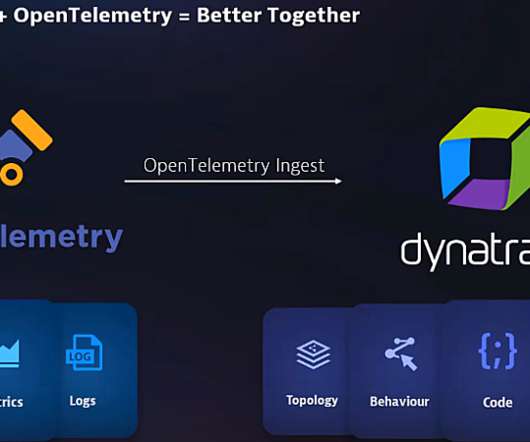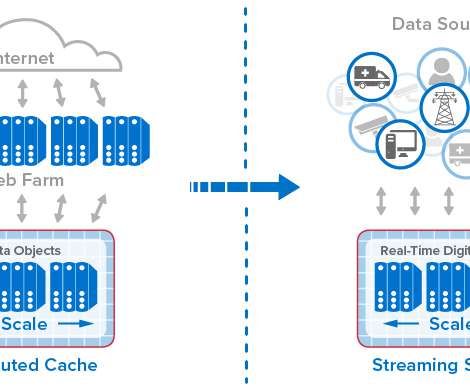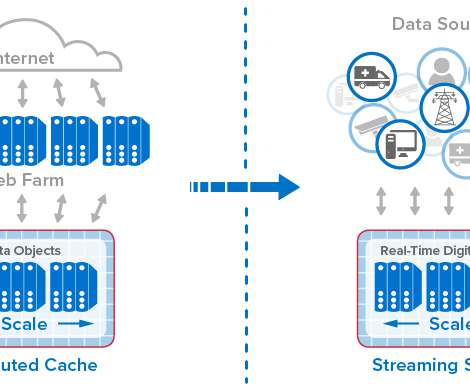Observability platform vs. observability tools
Dynatrace
DECEMBER 22, 2021
Metrics are measures of critical system values, such as CPU utilization or average write latency to persistent storage. For example, in 2005, Dynatrace introduced a distributed tracing tool that allowed developers to implement local tracing and debugging. Observability is made up of three key pillars: metrics, logs, and traces.
















Let's personalize your content